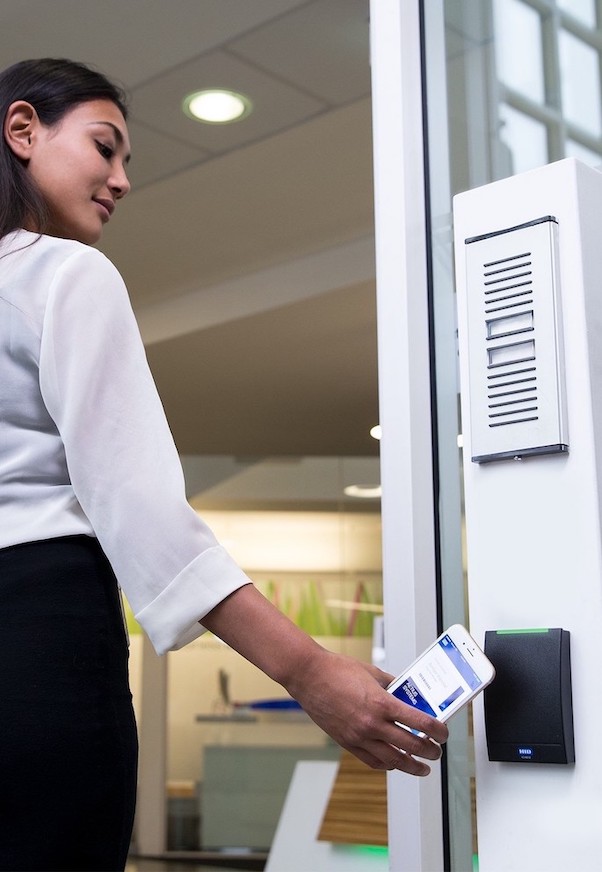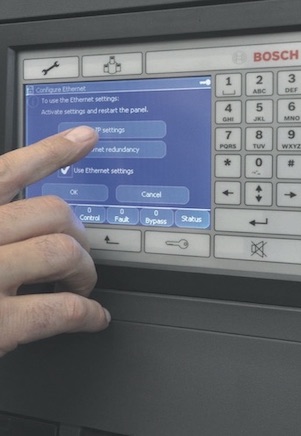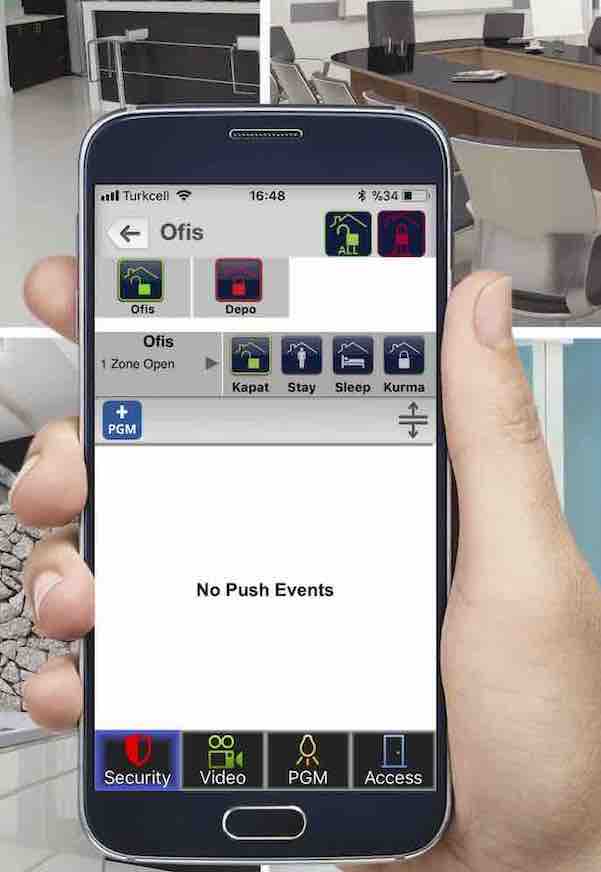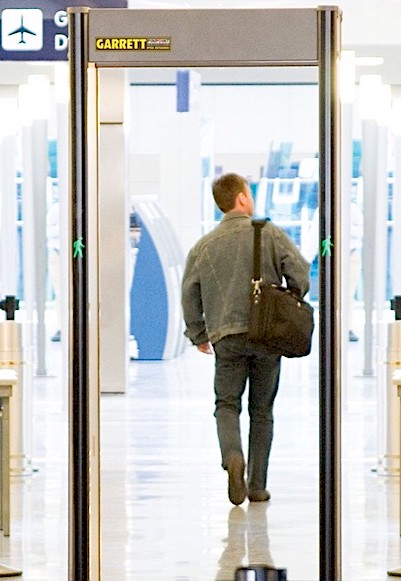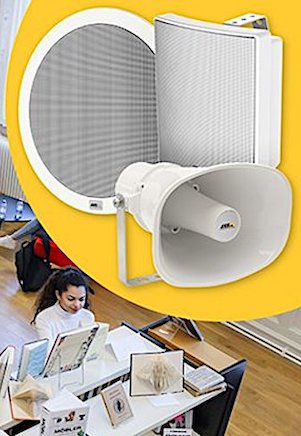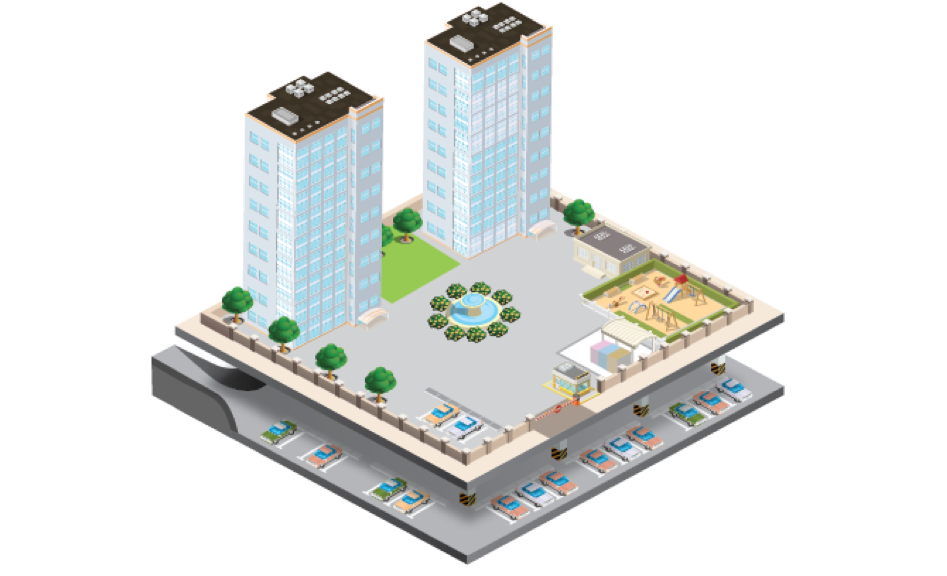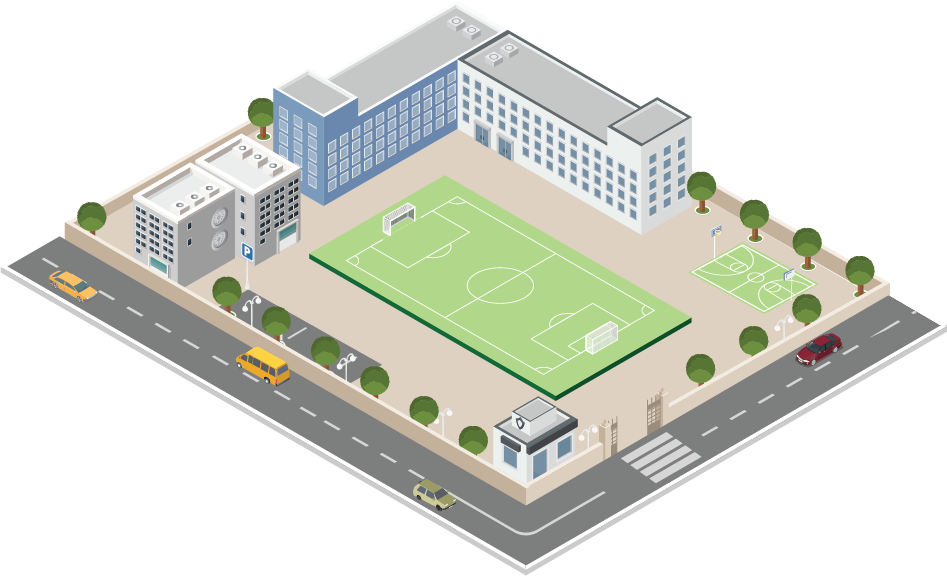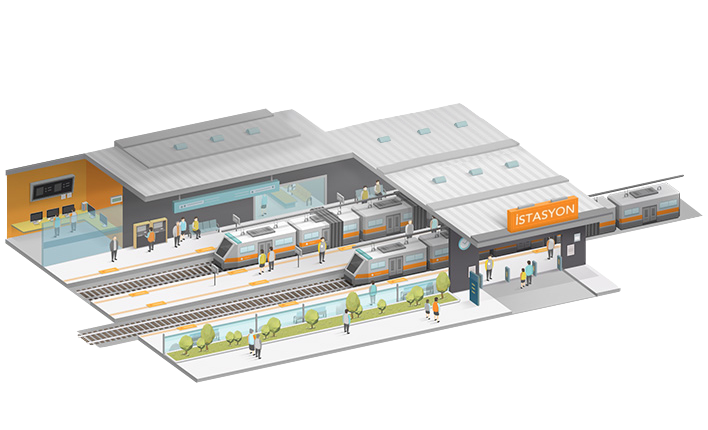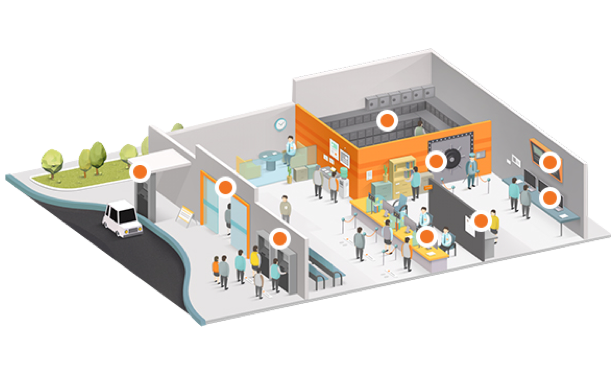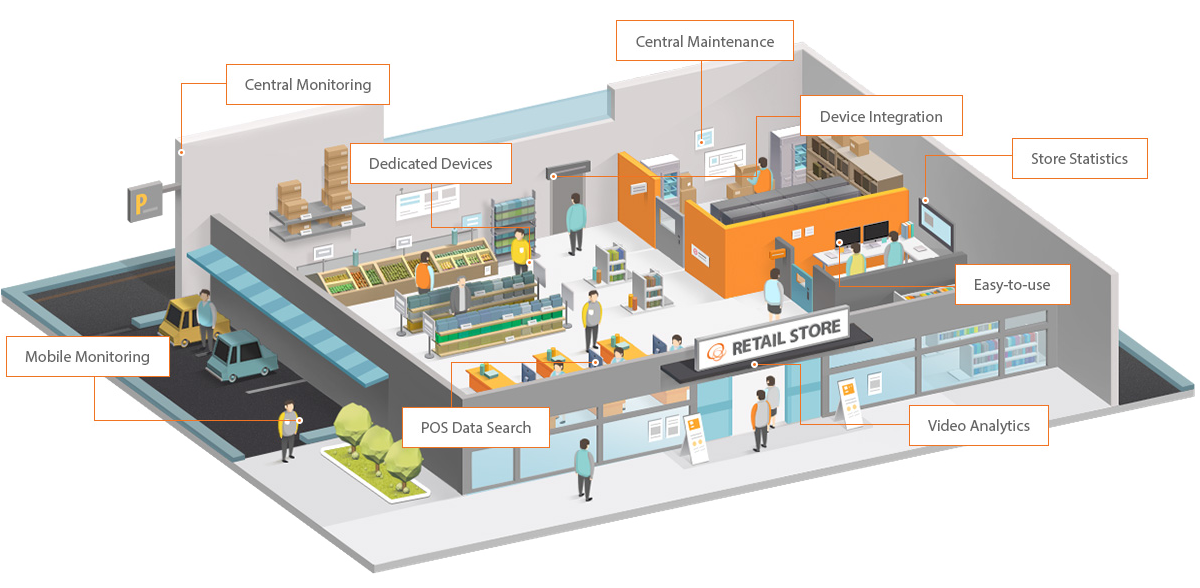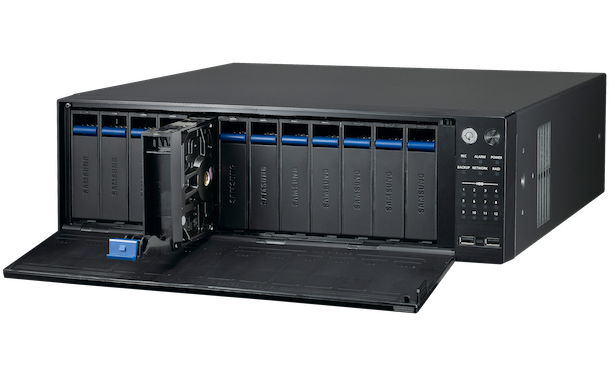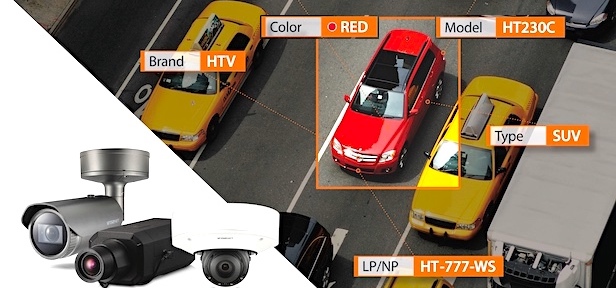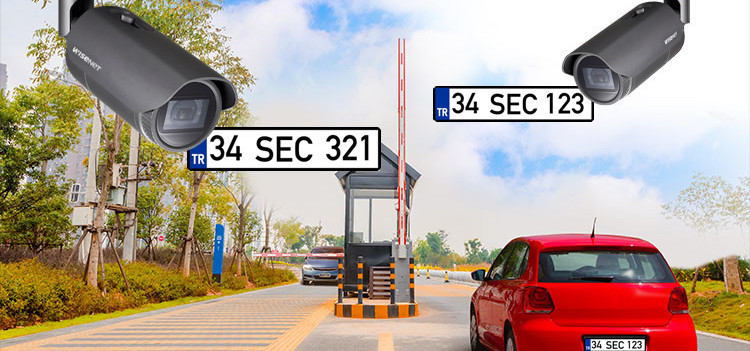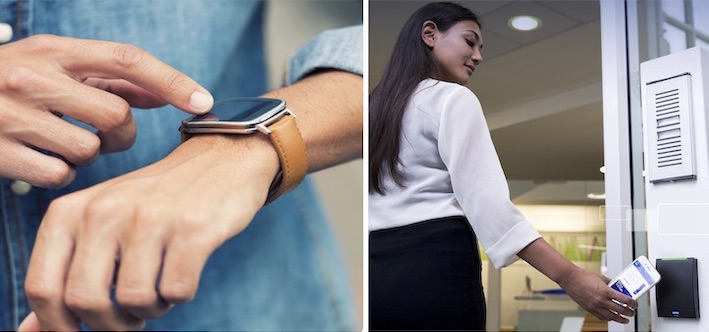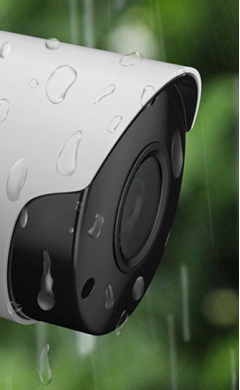How FailOver Works
Automatic Device Failover - accessible from the Wisenet Wave Server Settings Dialog Box - allows users to enable / disable Automatic Failover for a Server and set the number of devices that the server can take from failure conditions.
1 The server has 128 device support. In addition, devices can be assigned Low, Medium, or High Failover Priority.
First, the load of the high priority devices is inherited. Hierarchically, other devices are overhead.
Failover is built into all Wisenet WAVE systems and does not require any additional licenses for use.
BENEFITS TO THE END USER
DESCRIPTION OF FUNCTION
- If any server in the camera system infrastructure fails, the system must first detect that the error has occurred.
- Second, it triggers the hibernation server to take over the system. Or on multiple servers, it allocates the load of one server to other servers.
- Thirdly, the device takes the load of the system on its own, allowing it to operate with minimal downtime.
- Faulty parts of a camera system without failover will need to be physically replaced by a technician. This will require a service that can last up to several days. Acceptable for systems of low importance. However, in critical applications where interruption should be minimal, operation should always be ensured. Failures or a malfunction may require that the li redundant ”system is constantly in a“ hot standby ”state and is automatically activated in the event of an error. This failover level guarantees continuity, but requires 2 units from one system. The price may be slightly higher than the non-redundant system, but minimizes waiting time.





